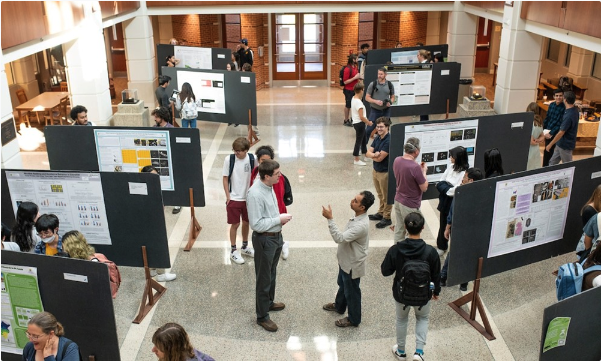Date of Award
2014
Document Type
Thesis
First Advisor
Fred Soster
Second Advisor
Jeanette Pope
Third Advisor
Humberto Baretto
Abstract
Conflicting views exist with regard to the feasibility of transitioning the world from a dependence on fossil fuel energy production to a completely renewable, emission-free energy climate. Findings show that the potential for Indiana to match its current energy production solely utilizing renewable energy capabilities existing on the Indiana landscape is available using a calculated combination of available resources from available analytical data. The annual required energy production, phased in gradually through the year 2050 and excluding the transportation sector, would consist of ~61% onshore wind energy (443,900 GWh), ~1% offshore wind energy (8,129 GWh), ~1% hydroelectric power (6,833 GWh), ~37% solar photovoltaic (272,600 GWh). In order to supplement times of low energy production due to weather limitations and times of high energy demand, storage options such as lead-acid batteries or compressed air energy storage must be utilized. For the production capacities to be pursued to their full potential, government intervention through programs such as feed-in tariffs and incentive based implementation programs must occur to elicit the levels of investment required for the success of the program. If full required investment is achieved and climate-based limitations are overcome, complete fossil fuel elimination in the state of Indiana for the nontransportation sector is feasible.
Recommended Citation
Barlow, Lincoln 14, "Assessing the Viability of Converting Indiana's Energy Framework to Renewable Sources by 2050" (2014). Honor Scholar Theses. 1, Scholarly and Creative Work from DePauw University.
https://scholarship.depauw.edu/studentresearch/1



Comments
Honor Scholar thesis